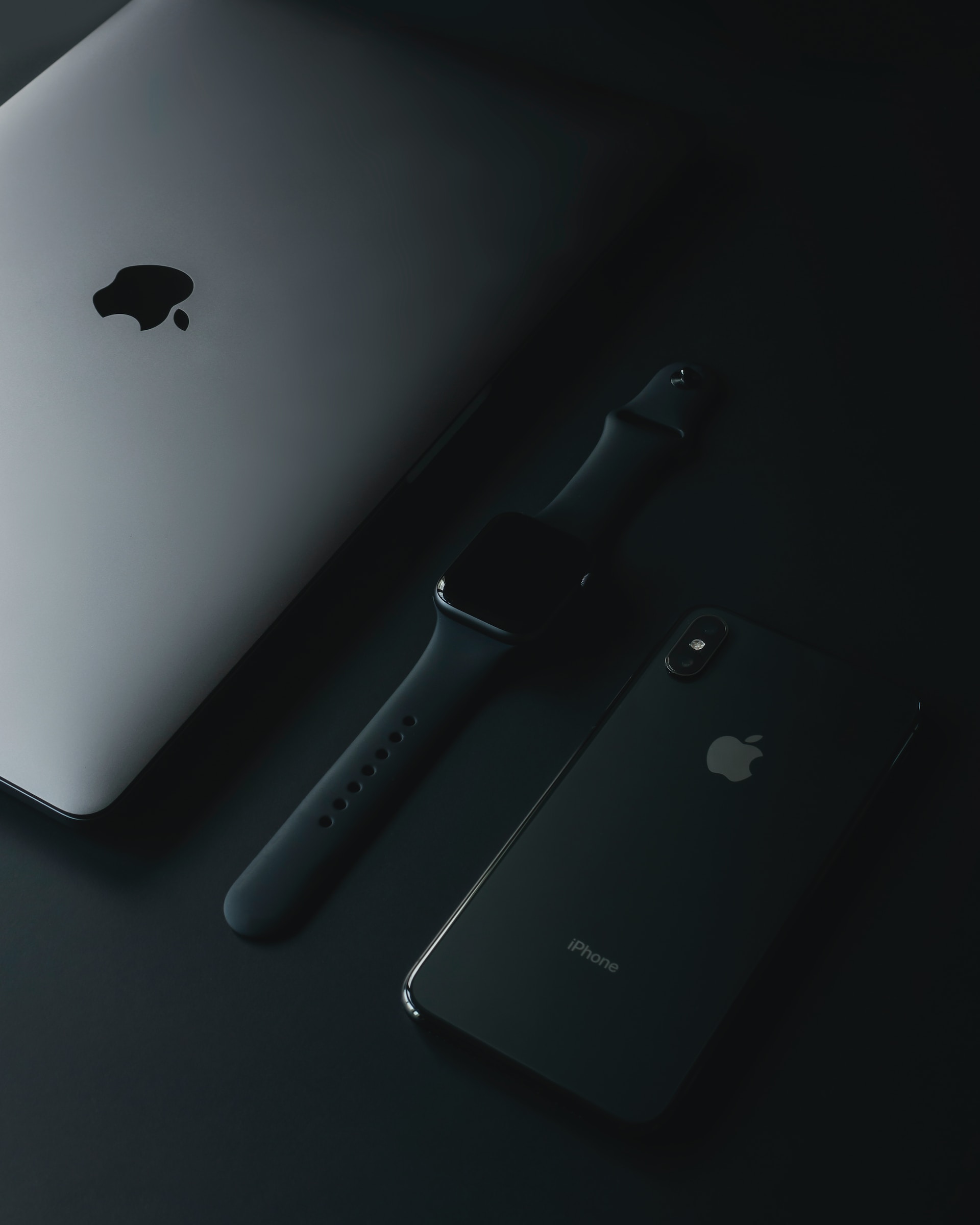Hon Hai Precision Industry Co., commonly known as Foxconn, encountered a setback as its profit failed to meet expectations despite the rebound of iPhone sales. While Apple celebrated the success of its latest iPhone models, Hon Hai faced challenges that hindered its ability to capitalize on the positive momentum. In this report, we explore the factors contributing to Hon Hai’s profit shortfall, examine its implications for the company’s partnership with Apple, and shed light on the strategies being pursued to address these challenges.
Profit Disappointment Amidst Apple’s Triumph:
While Apple experienced a significant rebound in iPhone sales, Hon Hai struggled to translate this success into its own financial performance. The company’s profit fell short of expectations, raising concerns among investors and industry observers. Despite playing a pivotal role in Apple’s supply chain, Hon Hai encountered difficulties in leveraging the strong demand for iPhones to maximize its own profitability.
Escalating Production Costs:
One of the primary factors contributing to Hon Hai’s profit disappointment is the surge in production costs. As an integral part of Apple’s manufacturing ecosystem, Hon Hai faced mounting challenges in maintaining profit margins while coping with rising expenses. Factors such as labor costs, raw materials, and logistical complexities have exerted significant pressure on the company’s financial performance, limiting its ability to fully capitalize on the increased demand for iPhones.
Supply Chain Complexities:
Hon Hai’s profit shortfall has been exacerbated by disruptions in its supply chain. The intricate web of suppliers and logistics partners that support the company’s operations is susceptible to various external factors, including global events and geopolitical tensions. These disruptions have impeded Hon Hai’s ability to meet production targets efficiently, resulting in missed opportunities and a negative impact on its bottom line.
Operational Efficiency Challenges:
The challenges faced by Hon Hai in maintaining operational efficiency have also contributed to its profit shortfall. As the demand for iPhones surged, Hon Hai grappled with operational complexities and bottlenecks that hindered its ability to meet customer expectations. Inefficient processes and suboptimal resource allocation have posed hurdles for the company, preventing it from fully capitalizing on Apple’s success.
Implications for the Apple Partnership:
Hon Hai’s profit shortfall raises questions about the long-term viability of its partnership with Apple. As one of Apple’s key manufacturing partners, Hon Hai plays a critical role in delivering high-quality products at scale. However, the company’s ongoing challenges may prompt Apple to reassess its reliance on Hon Hai and explore alternative manufacturing options to mitigate potential risks.
Navigating a Competitive Landscape:
Hon Hai’s profit disappointment reflects the broader challenges faced by companies in the fiercely competitive electronics manufacturing industry. Rapid technological advancements, evolving consumer preferences, and intensifying competition require continuous innovation and adaptability. To regain momentum, Hon Hai must focus on optimizing costs, streamlining operations, and forging strategic partnerships to navigate the evolving landscape successfully.
Conclusion:
Despite the resurgence of iPhone sales, Hon Hai’s profit fell short of expectations, highlighting the challenges the company faces in fully capitalizing on Apple’s success. Escalating production costs, supply chain disruptions, and operational efficiency challenges have hindered Hon Hai’s ability to maximize its profitability. The profit shortfall has implications for the company’s partnership with Apple, necessitating strategic improvements, cost management, and operational optimization. Hon Hai’s ability to overcome these challenges will determine its future profitability and its ongoing collaboration with Apple in the dynamic landscape of electronics manufacturing.










